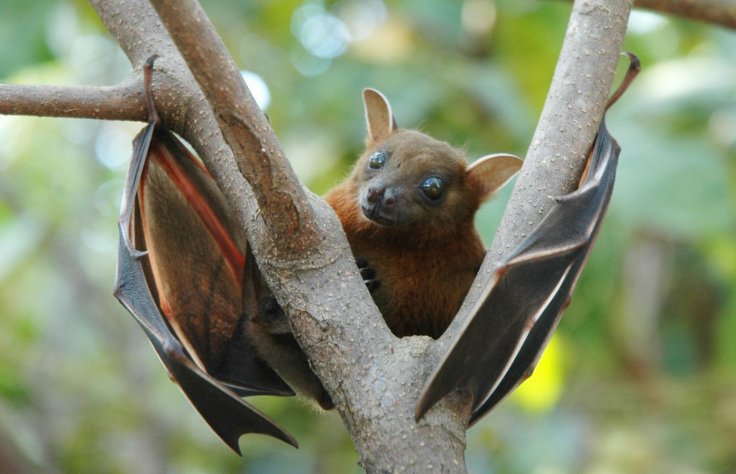These scientists venture the caves that are home to bats that could harbor dangerous viruses yet unknown to human world.
With hazmat suits, face masks and thick gloves, and headlights on, overall not leaving an inch of their skin, they enter caves such as limestone caves in China's south-western Yunnan province. Even contact with bat droppings or urine could prove lethal.
These 'virus hunters' use mild anesthetics to put bats to sleep and collect their blood samples along with oral and faecal swabs to research on the viruses that these bats contain, according to Peter Daszak, President of a US NGO EcoHealth Alliance, specializing in detecting new viruses and preventing pandemics, reported CTV News.

Cave containing ancestor of COVID-19 coronavirus found?
One such cave in China found in 2013 might have contained a possible ancestor of SARS-CoV-2.
Daszak being a virus hunter since a decade visited more than 20 countries searching bat caves for new virus pathogens like new coronaviruses. In doing so, his team has collected not less than 15,000 bat samples and identified around 500 new coronaviruses, said Dazak to CTV News.
The viruses from these bats come to human contact by an intermediate species such as a civet cat, a camel, a pangolin in order to change themselves to be able to enter human cells, explains Wang Linfa, virologist in Duke-NUS, Singapore. He develops tools to analyze samples collected by the NGO, said the report.
Southeast Asia and China serves a god area of research as large populations make regular contact with the wildlife for hunting, consuming and selling animals, these areas also have wet markets, according to Dazak.
Surprising results
Surprising results awaited Dazak's team in 2015 after analyzing blood samples of people who live near the bat caves of Jinning County in Yunnan province. They found that almost 3 percent of the people had antibodies for viruses only found in bats, which means these people had already been exposed to viruses.
"They might have unknowingly contracted these pathogens and recovered or only had a few body cells infected," says Dazak.
Bats make almost 20 percent of all mammal species and live in congregation in huge colonies and crowded caves, this makes spread of viruses among the species more likely.
Novel Coronavirus matched!

Soon after the novel coronavirus was identified, Shi Zhengli, a virologist from the Wuhan Institute of Virology, immediately compared its genetic structure to the database she compiled with the 500 coronaviruses as identified by the NGO EcoHealth Alliance.
The SARS-CoV-2 matched one of the samples taken from a horseshoe bat in a cave in China's Yunnan back in 2013, said Daszak, while its match was a huge 96.2 percent, that's almost identical, meaning that the novel coronavirus has an ancestor in the horseshoe bat before an intermediate animal became the host for human transmission.
The team found 50 new viruses related only to SARS and in a cave, the team identified all the building blocks necessary to make a SARS virus, said Dazak. If combined, the resultant was a virus capable of directly attacking humans, without an intermediate host, said a paper published in PLoS Pathogens, co-authored by Dazak.
The bat blood samples contain antibodies, to fight the virus and could be potential in developing a vaccine or a plasma treatment, says Wang.








